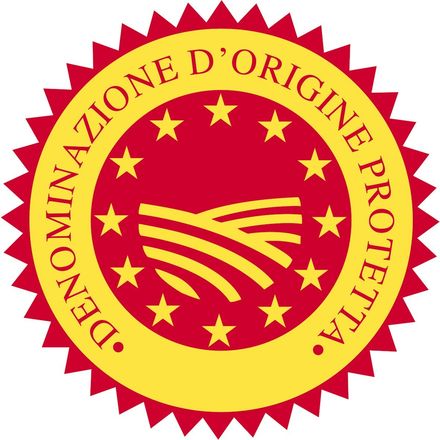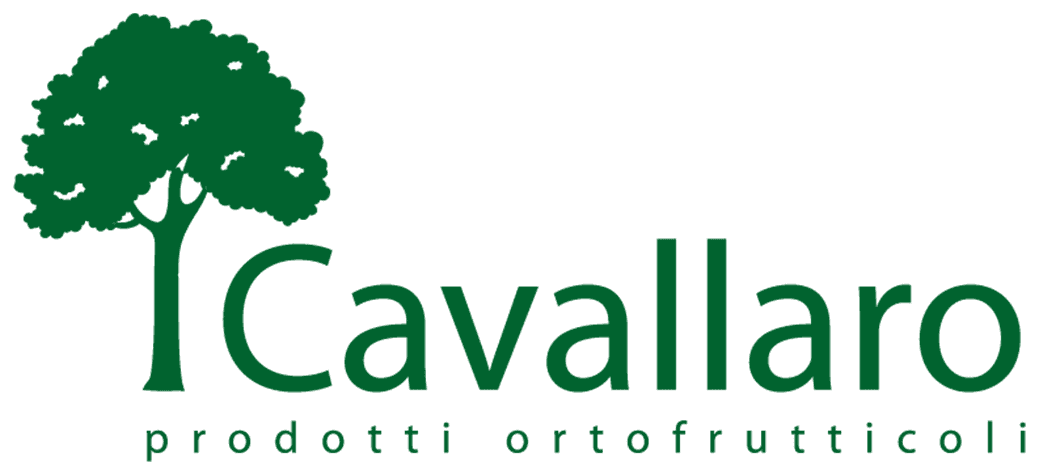Nocerino Spring Onion DOP
From Angri, the pride of our land
The Salerno Medical School, which was born in Salerno around the 11th Century A.D., was the first and for many decades the most important official medical institution with academic and educational character, recognised as such throughout Europe, and considered the first serious and accredited pre-emergence of universities as we know them today - it recognised the nocerino spring onion and therapeutic and protective virtues, advising his habitual consumption to prevent a multitude of illnesses and disturbances. It is with this reputation of therapeutic food that the nocerino spring onion has been handed down virtually untouched to us, preserving its ancestral qualities and its primordial flavour. A flavour that points directly to the dawn of organised agriculture and settlements when populations began to form and breed along watercourses and near land suitable to be worked to extract the fruits needed to sow for the community.
To conquer the world
This legacy is at the basis of the success of the nocerino spring onion DOP since in 2008 it was awarded the Protected Designation of Origin. A success that is now expanding on a worldwide scale, leveraging on the reputation of Italian DOP products from abroad, and on the other hand, the unmistakable taste of this peculiar vegetable. The recognised varieties (Nocera, Precoce Queen, Early Meraviglia, Cold Marzica, Hot Marzica, Nocerese Bianca of Castellammare, San Michele, Giugnese) now occupy the tables of the best restaurants, and demand is constantly expanding. A peculiarity: as a plant that is not particularly predisposed to conservation, the onion must necessarily be freshly consumed: this is entirely in the interests of the consumer, who has the ability to put the product on the table a few hours after harvesting.

Do you want to know more about the history and characteristics of nocerino spring onions DOP? Write to us at : info@cavallaroprodottiortofrutticoli.it
Whistleblowing
F.LLI CAVALLARO Soc. Agr. S.r.l.
Z.I. Pip Taurana Lotto 8D , 84012 ANGRI (Salerno) - ITALY
Tel: +39 081 19022120 | Email : info@cavallaroprodottiortofrutticoli.it
VAT Reg No: 05287920655
| Registration BNOO: 0117864
Legal Information
|
Privacy Policy and Cookie Policy





